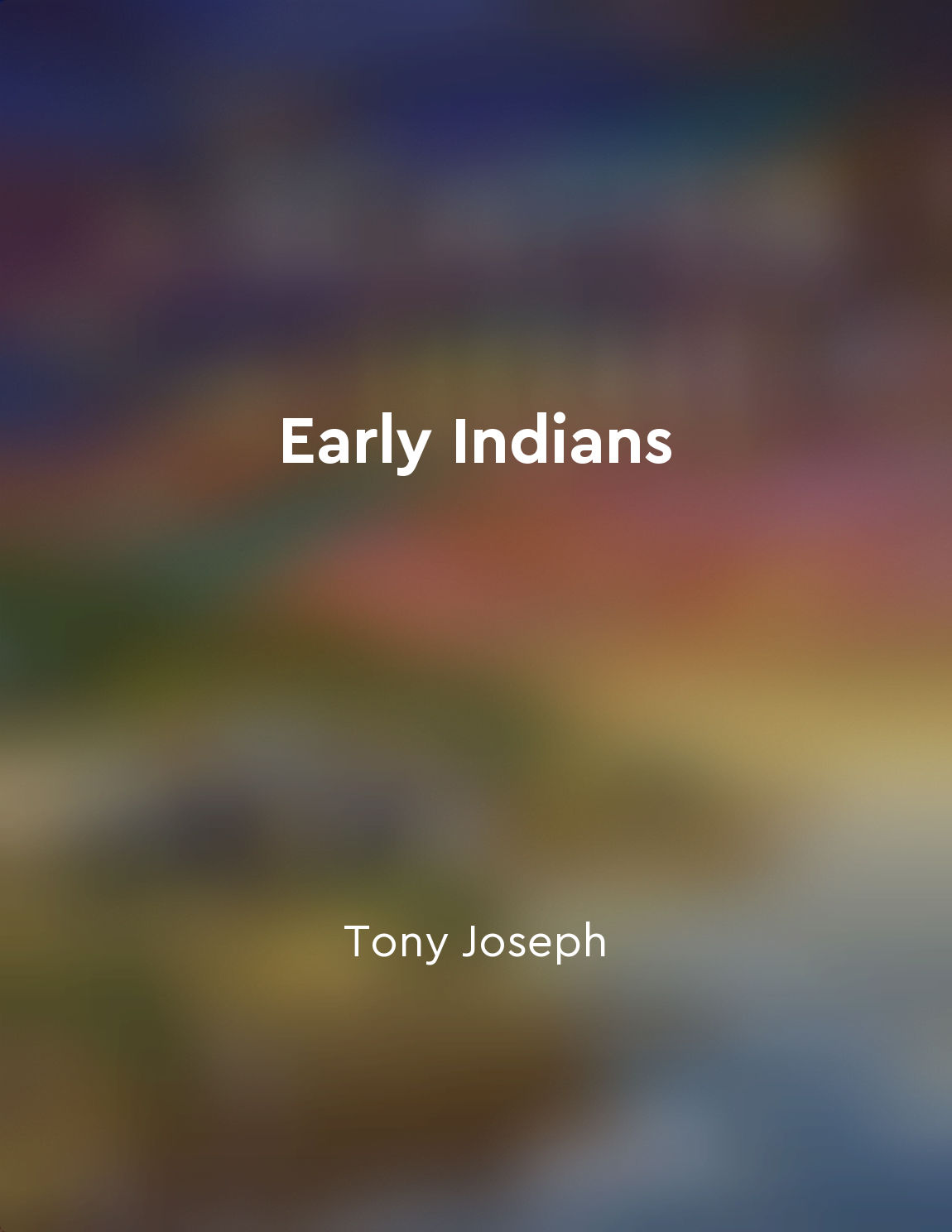Cultural exchange enriched Indian society from "summary" of Early Indians by Tony Joseph
The mingling of different cultures through trade, travel, and conquest added layers of richness and complexity to Indian society. This exchange of ideas, beliefs, and technologies contributed to the cultural dynamism that has characterized India throughout its history. New languages, religions, food habits, and artistic styles were introduced and adopted, leading to a cultural tapestry that was constantly evolving.
The arrival of the Indo-European speakers in the subcontinent around 1500 BCE marked the beginning of a new phase of cultural interaction. These migrants brought with them new languages and religious beliefs that blended with the indigenous cultures of the subcontinent. The resulting fusion of ideas and traditions laid the foundation for the diverse cultural landscape of India.
The spread of Buddhism and Jainism in the 6th century BCE further enriched Indian society by challenging existing social norms and promoting new ethical values. These religions emphasized non-violence, compassion, and self-discipline, influencing the way people thought about morality and conduct. The Buddhist stupas and Jain monastic complexes that dotted the landscape served as centers of learning and spiritual contemplation, attracting pilgrims and scholars from far and wide.
The Mauryan and Gupta empires, which ruled over large parts of the subcontinent in the first millennium BCE, facilitated cultural exchange through their administrative and trading networks. The patronage of the arts and sciences by these empires led to a flourishing of literature, architecture, and sculpture. The rock-cut caves of Ajanta and Ellora, the Sanskrit epics of the Ramayana and Mahabharata, and the mathematical treatises of Aryabhata and Brahmagupta are all testament to the cultural achievements of this period.
The arrival of foreign invaders such as the Greeks, Persians, and Central Asians in the centuries that followed brought new influences to Indian society. The Kushans, for example, introduced Greco-Buddhist art and architecture to the subcontinent, creating a unique fusion of Hellenistic and Indian styles. The trade routes that crisscrossed the subcontinent connected India to the wider world, facilitating the exchange of goods, ideas, and technologies.The cultural exchange that has enriched Indian society over the millennia is a testament to the openness and adaptability of its people. The willingness to engage with different cultures and traditions has enabled India to absorb and assimilate diverse influences, creating a vibrant and diverse society that continues to evolve and thrive.

Open in app
The road to your goals is in your pocket! Download the Oter App to continue reading your Microbooks from anywhere, anytime.


